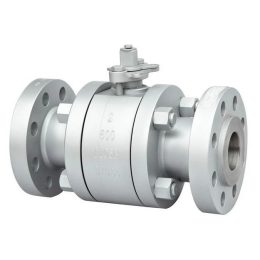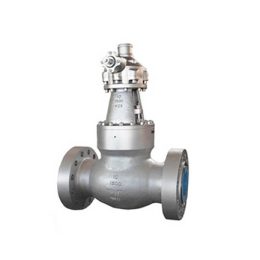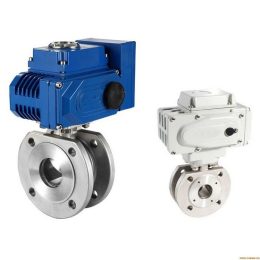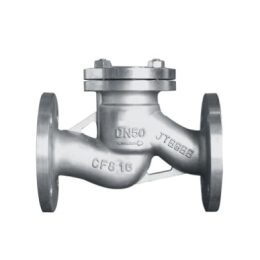Each Part of the Valve
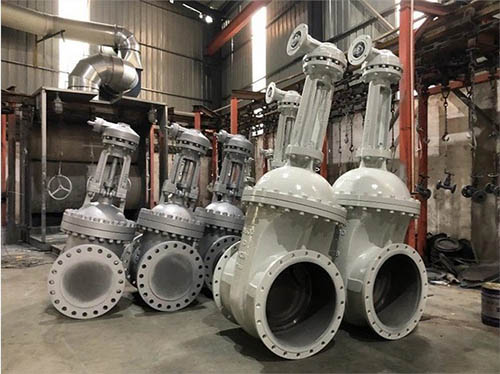
Valves are essential components in controlling the flow of fluids and gases in different industrial applications. The different types of valves have specific parts that make them unique. One of the most critical factors that determine the effectiveness of a valve is the material used to make its sealing surface. This blog post discusses the significance of the material of the sealing surface in different types of pneumatic valves.
Material of Sealing Surface
The material used on the sealing surface of pneumatic valves varies depending on the type of valve, sealing method, and material requirements. For ordinary wedge gate valves, the material, fixing method, and grinding method of the copper ring must be explained. The physical, chemical, and hygienic testing data of soft sealing gate valves and valve plate lining material must also be considered. In butterfly valves, the sealing surface material on the valve body and the butterfly plate must be marked. The physical and chemical testing data, particularly the hygienic requirements, anti-aging performance, and wear resistance of rubber, must be evaluated. Usually, nitrile rubber and EPDM are used for rubber, and it is strictly prohibited to mix recycled rubber.
Significance of Sealing Surface Material
The sealing surface material of a valve is crucial in ensuring a tight seal, preventing any leaks or loss of flow. The material should be able to withstand high pressure, temperature, and corrosive fluids without degrading. Using the wrong material can lead to valve failure, which can cause costly downtime and repairs. Therefore, selecting the appropriate material for the sealing surface is essential in ensuring the efficient operation of the valve.
Conclusion
In conclusion, the material used on the sealing surface of a valve plays a critical role in its performance. Different types of pneumatic valves require different materials for their sealing surfaces. The material should be able to withstand the conditions it will be exposed to, prevent leaks and flow loss, and ensure the efficient operation of the valve. It is vital to consider the physical, chemical, and hygienic testing data of the material before selecting it for a valve’s sealing surface.
